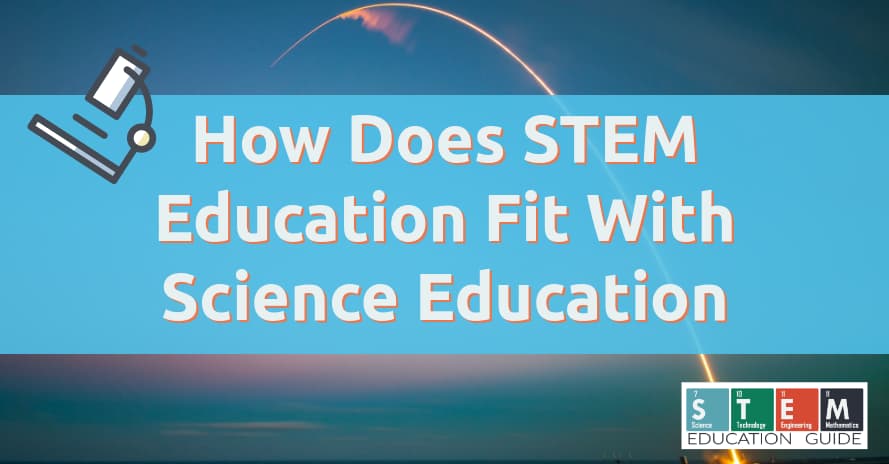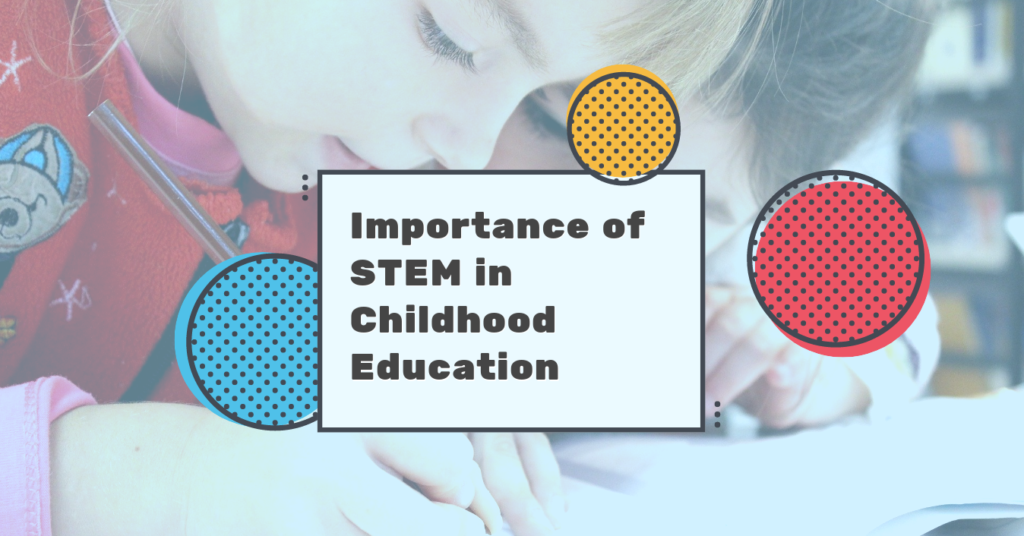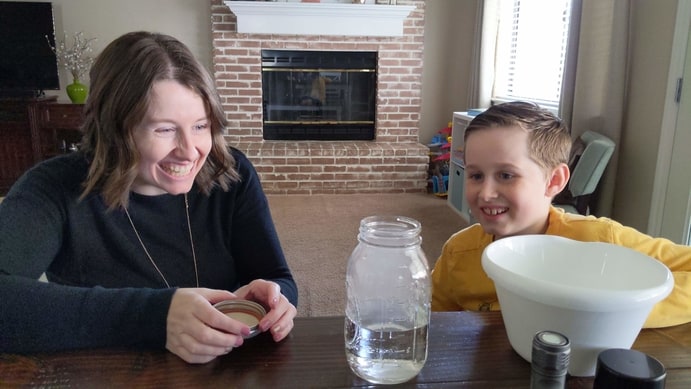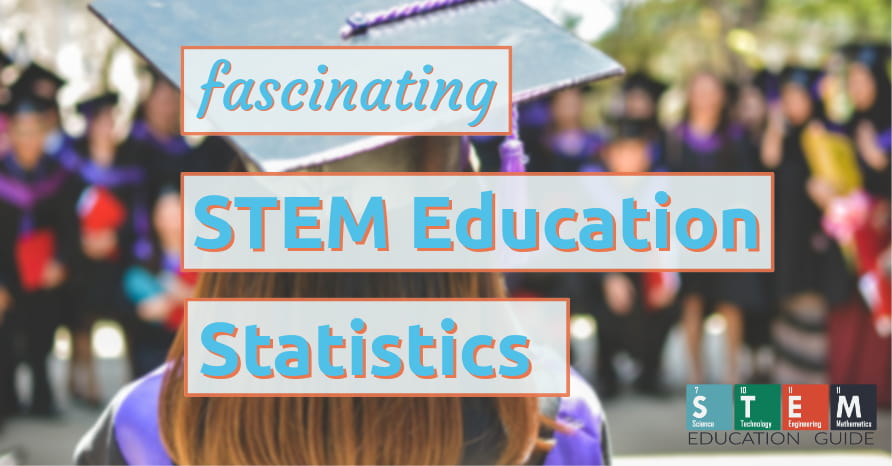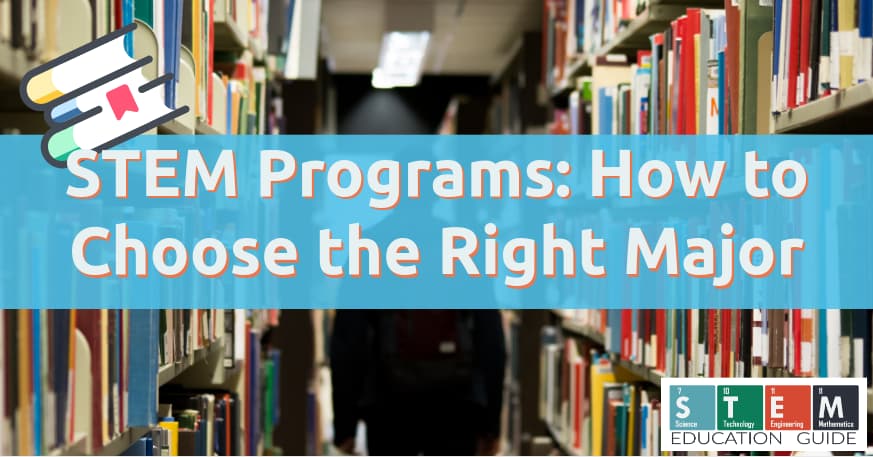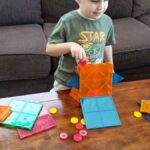STEM is a way of engaging with a child’s natural curiosity about the world.
My kids are constantly asking questions. Some I don’t even know the answer to. Kids are so present with their surroundings and are incredibly observant. Imagine how pure and powerful that sense of curiosity is in those little bodies.
So how do we use STEM to engage with their endless questions? We can use it as a learning opportunity, and using concepts from science can be straightforward.
Hence, why science is the first umbrella in the STEM acronym.
Scientific core concepts like the scientific method to understand cause and effect provide structure to finding an answer. If you view STEM as a house, science is the pillar that holds it all together. However, It goes much deeper than what is at the surface here. Let’s dive in to find out how!
Table of Contents
What Do STEM Students Study
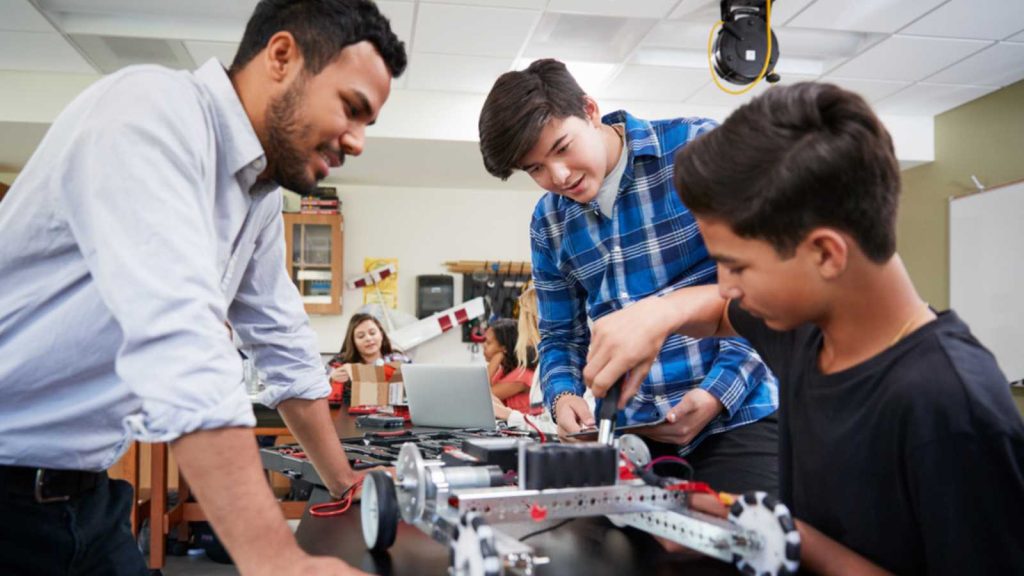
STEM breaks down into four specific categories: Science, Technology, Engineering, and Math. More recently, some programs have expanded their STEM programs into STEAM. The “A” is representative of the arts. This allows for students to implement creative expression and artistic exploration.
STEM is structured to bring real-world issues and problems into the classroom. This makes the opportunities endless. Students use the concepts and manipulatives from each STEM subject to study, research, experiment, and find solutions to real-life problems.
They can be given a specific topic to then explore and study, or they can find answers to their own questions. For example, a student might ask, why do we throw away so much leftover food at lunch? This can lead to discussing compost and creating a school-wide compost system.
- Science: They can experiment with the different ways composting works. Notice the various processes and tests which would work best for their school.
- Technology: Students can research the different benefits of composting. What type of composting best fits their school?
- Engineering: What materials would they need to compost? Do they build an outdoor compost station? What does that look like?
- MathematicsTalk to the school to discuss a budget. How much money would they need each school year? What are the measurements they need to build a compost station?
It is so empowering for kids to find solutions that relate to their lives. They are able to utilize their skills and apply them directly. It is an authentic way of learning that is known to increase engagement. It silences that question of, “when are we ever gonna use this in the real world?”
What does it look like when STEM is being used in a classroom? The classroom is busy, active, engaging, and full of energy. Kids are working in groups, or are doing their assigned tasks for the team.
See the importance of STEM education in early childhood development in our article here.
Why Science is Important
We all need guide posts when it comes to learning, and science provides that. Science helps categorize an understanding of the physical and natural world.
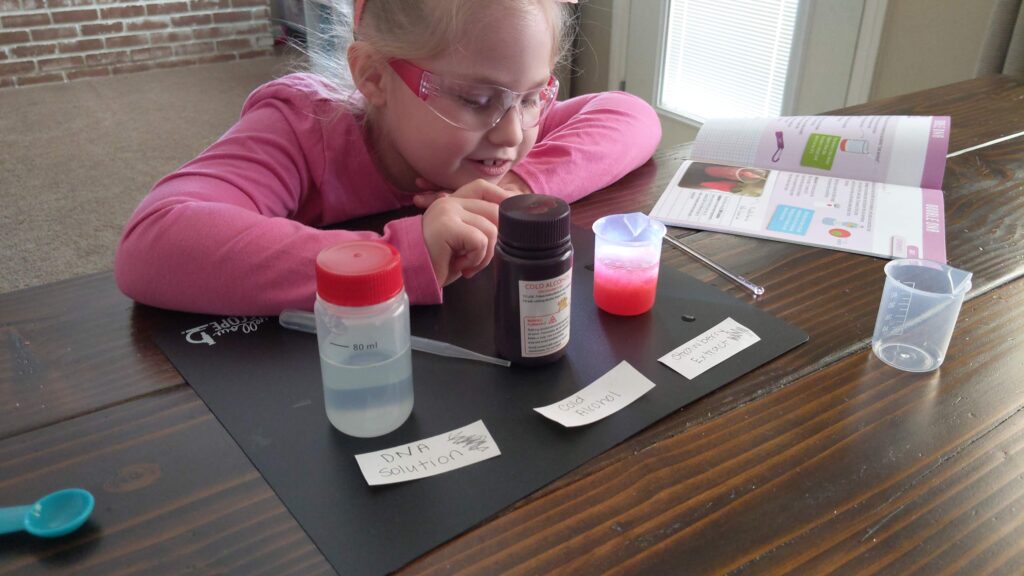
Then, using the scientific method, we can experiment and engage with our kid’s questions that relate to these fields. It helps them further engage with the world around them, and what better way to find an answer to your little’s question than by creating an active learning process using science?
Within that process, kids practice interpersonal skills like forming opinions, collaboration, communication, and perseverance. It also supports analytical skills like problem-solving and reasoning. As you see, the benefits are so applicable, and it paves the way for future Thomas Edisons and Marie Curies.
How to Build a Science Education
Building in science education might seem overwhelming. Once you understand what it might look like, then it will come intuitively. Every question you hear will spark an opportunity to bring in science. When it comes to STEM, teachers are there to support and guide.
Use Your Students’ Ideas: Whether it’s a comment about the weather, their pet fish, or reading about clean water supply. Use their ideas and questions to spark active engagement.
What do They Already Know? Make it a group conversation to explore what they already know about their question or topic. Help them pull in previously learned concepts.
Help Them Create a Plan: What steps do they need to take to experiment or find an answer to their question? How can they use the scientific method? What materials do they need? A plan gives them focus and keeps them on track.
Ask Questions & Monitor: They have a plan, and it is in action. Ask open-ended questions to tie in a scientific concept. Ask questions to help them work together. Monitor what they are thinking and where they are at in their plan.
Help Build Scientific Vocabulary: Students may not know how this applies to science. It is up to teachers to help them build their scientific vocabulary. Rather than giving them the word and definition, throw out the word and see if they understand how it might apply in context. Help them break apart the word to understand what it means.
Support Reflection: What did they learn? What was a road bump? How did they move through it? Help them understand their own process and how they got to the solution.
Careers with a STEM education
STEM education helps keep up with the fast-paced growth of technology. With the development of a digital economy. Major tech companies like Google, Microsoft, and Facebook are investing in grants, resources, and learning programs to support the next generation of innovators.
You can find our HUGE list of interesting STEM Education Facts here.
When your child learns in a STEM-based environment, they can thrive in over 300 types of careers, from agriculture, nursing, engineering, food science, neurology, and computer science.
The options are endless, and while these require a STEM education. Every career requires problem-solving, critical thinking, teamwork, and communication. Skills you gain within a STEM classroom.
The first step toward a STEM-related career is understanding what type of major you need to study to prepare for your future career. Figuring out a life path can be stressful with the limitless options out there.
Check out our article STEM Programs: How to Choose the Right Major to get some insight.
We think STEM education can shape the future, and we know science is at the root of that. It gives hope for making learning fun, and it can happen inside and outside the classroom!

